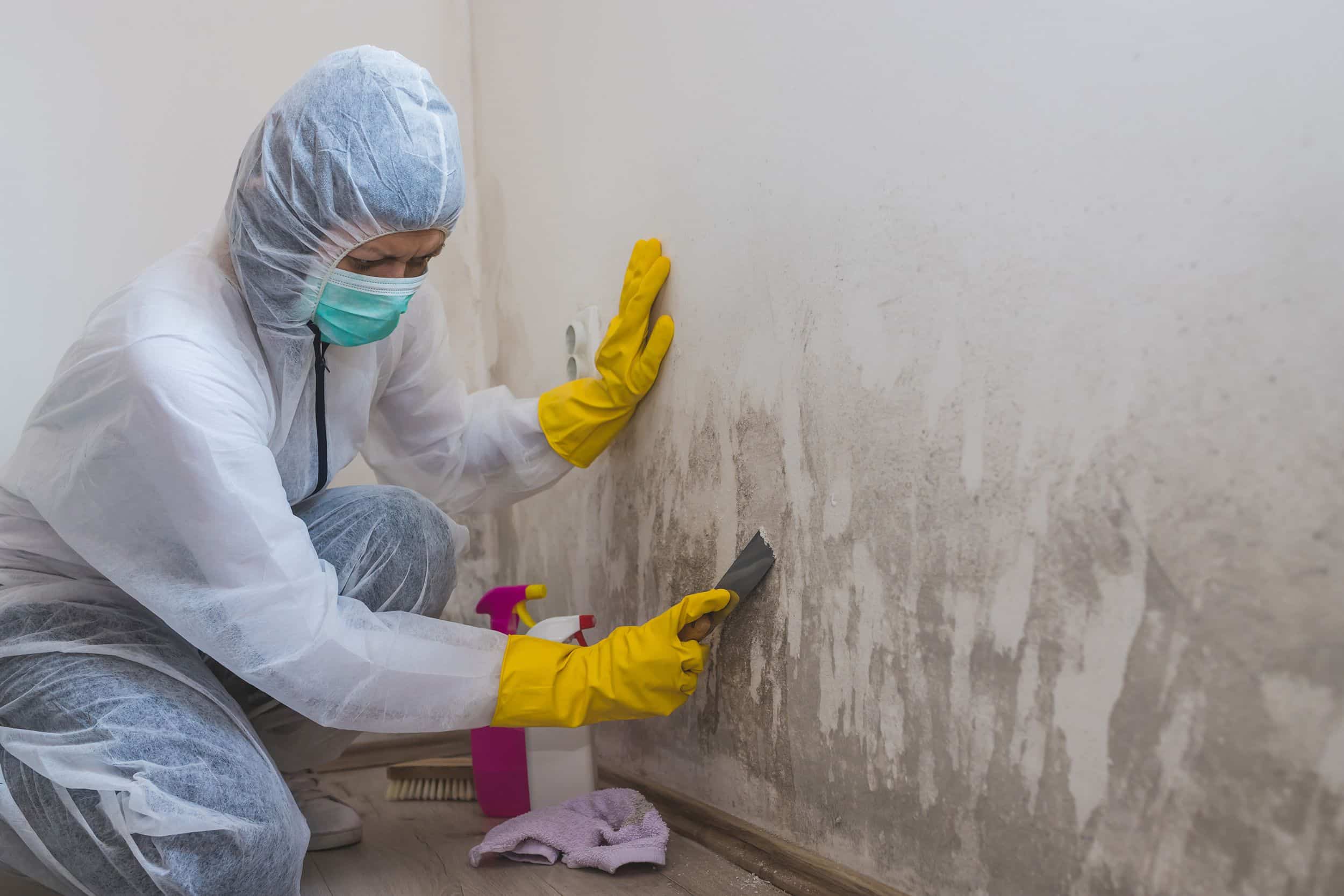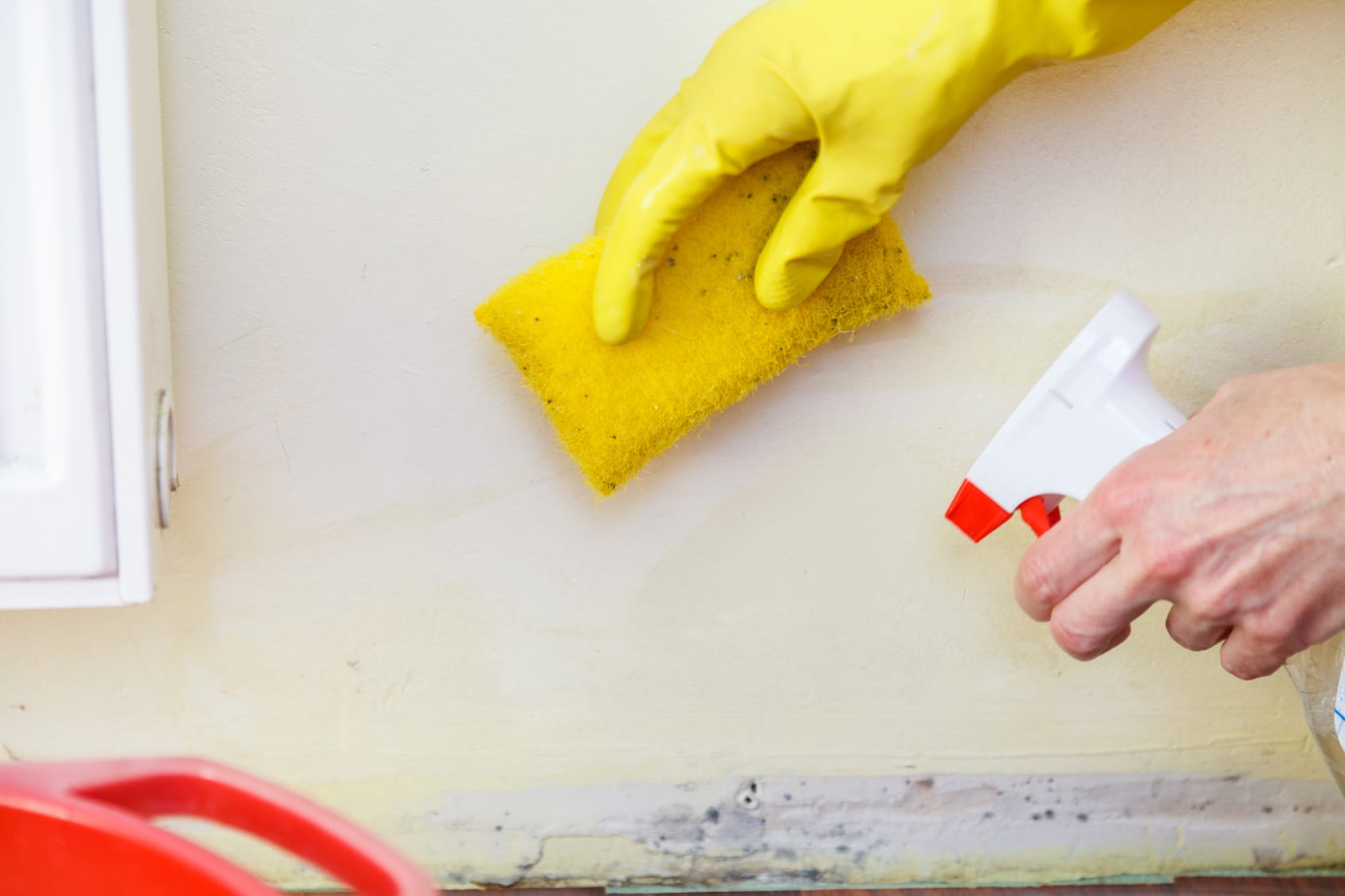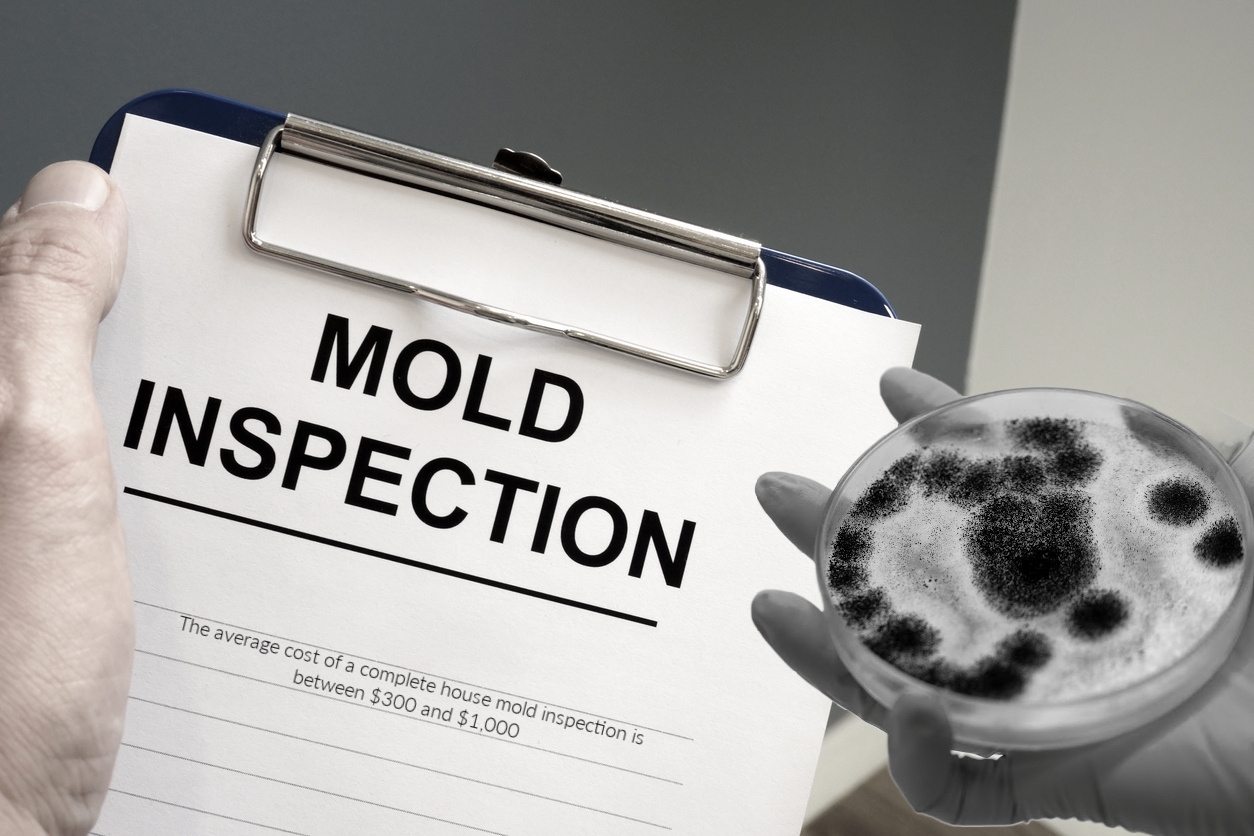Efficient Post Mold Remediation Cleaning Protocols
Efficient Post Mold Remediation Cleaning Protocols
Blog Article
Effective Post Mold And Mildew Remediation Solutions for Your Home
Mold development in homes can be a relentless problem, typically requiring an organized technique for effective post-remediation solutions. From understanding the variables that contribute to mold and mildew advancement to implementing correct cleansing strategies and dampness control procedures, the procedure can be detailed yet crucial for preserving a healthy and balanced living environment. Post Remediation verification.
Recognizing Mold And Mildew Development Variables
The main variable contributing to mold growth is wetness. Mold and mildew spores need wetness to sprout and grow, making wet or humid settings very susceptible to mold infestations.

Moreover, air flow and light direct exposure can influence mold development. Areas that do not have proper ventilation and natural light are more susceptible to mold advancement. By dealing with these variables comprehensively, people can efficiently reduce mold growth and secure their living environments.
Proper Mold And Mildew Cleaning Strategies
Making use of reliable cleaning techniques is important in stopping the reappearance and addressing of mold and mildew contamination in indoor settings. When handling mold, it is critical to prioritize security by putting on safety equipment such as gloves, masks, and goggles. The very first action in correct mold and mildew cleaning is to consist of the afflicted location to protect against the spread of spores to unpolluted locations. This can be attained by sealing the space and using air scrubbers or negative air devices to preserve air quality.

Carrying Out Dampness Control Measures
To efficiently prevent mold and mildew development and contamination in indoor settings, executing dampness control procedures is critical. In addition, making sure proper air flow in areas susceptible to moisture buildup, such as washrooms and kitchen areas, can help minimize the risk of mold and mildew growth. By diligently applying these wetness control measures, homeowners can properly minimize the possibility of mold recontamination and keep a healthy and balanced interior setting.
Making Use Of All-natural Removal Solutions
After efficiently applying wetness control steps to stop mold growth in interior atmospheres, house owners can now explore the performance of natural remediation solutions in maintaining a healthy and balanced living area. Natural removal options utilize eco pleasant techniques to fight mold and mildew, making them a preferred selection for those looking for non-toxic alternatives. By incorporating these all-natural removal solutions right into their cleansing routines, house owners can properly combat mold and mildew development while advertising a healthier indoor atmosphere for themselves and their families.

Keeping a Mold-Free Environment
Routinely examining areas prone to mold and mildew development, such as shower rooms, cooking areas, basements, and attics, is crucial. Correct air flow in locations with high humidity degrees is additionally key to stopping mold development.
In addition, keeping sanitation in the home is vital for mold and mildew avoidance. Keeping indoor plants in check and ensuring correct water drainage in outdoor landscaping can reduce wetness accumulation, reducing the likelihood of mold infestations.
Verdict
Finally, check my reference it is hop over to these guys vital to resolve mold growth aspects, utilize proper cleansing techniques, apply wetness control measures, use natural removal services, and keep a mold-free environment in order to effectively take care of post mold and mildew remediation in your house - Post Mold Remediation. By following these methods, you can prevent mold from reoccuring and ensure a healthy and balanced living setting for you and your family
The main variable adding to mold growth is wetness. Mold and mildew spores require wetness to sprout and thrive, making wet or humid environments highly prone to mold and mildew infestations.To successfully protect against mold development and contamination in interior environments, applying moisture control procedures is paramount. Furthermore, ensuring appropriate air flow in areas susceptible to moisture buildup, such as washrooms and kitchens, can help reduce the danger of mold and mildew growth.After successfully applying moisture control actions to prevent mold and mildew growth from this source in interior settings, house owners can currently check out the effectiveness of natural remediation remedies in maintaining a healthy living area.
Report this page